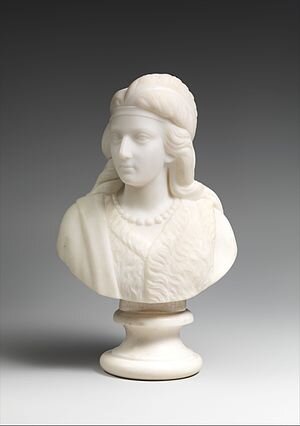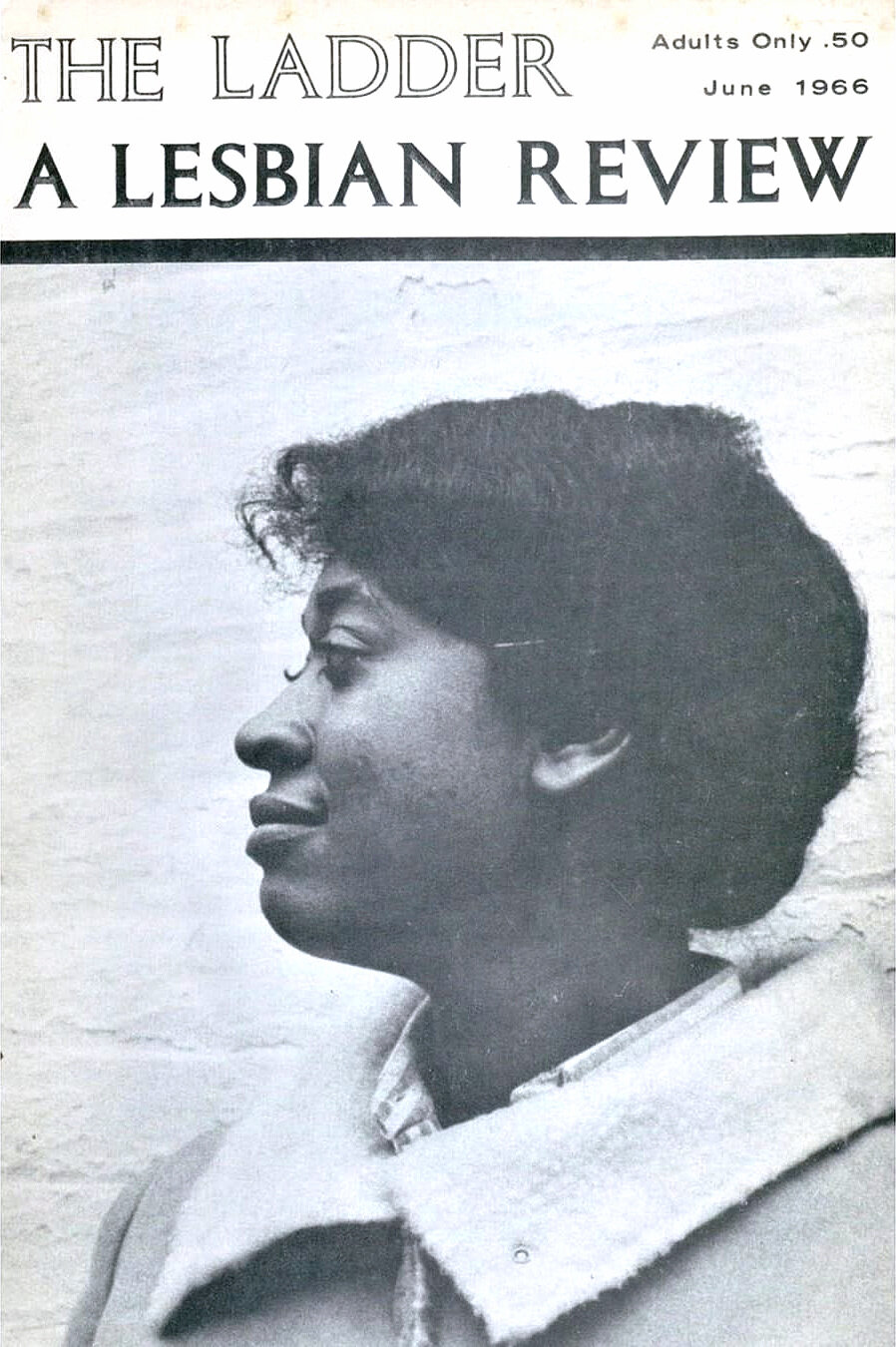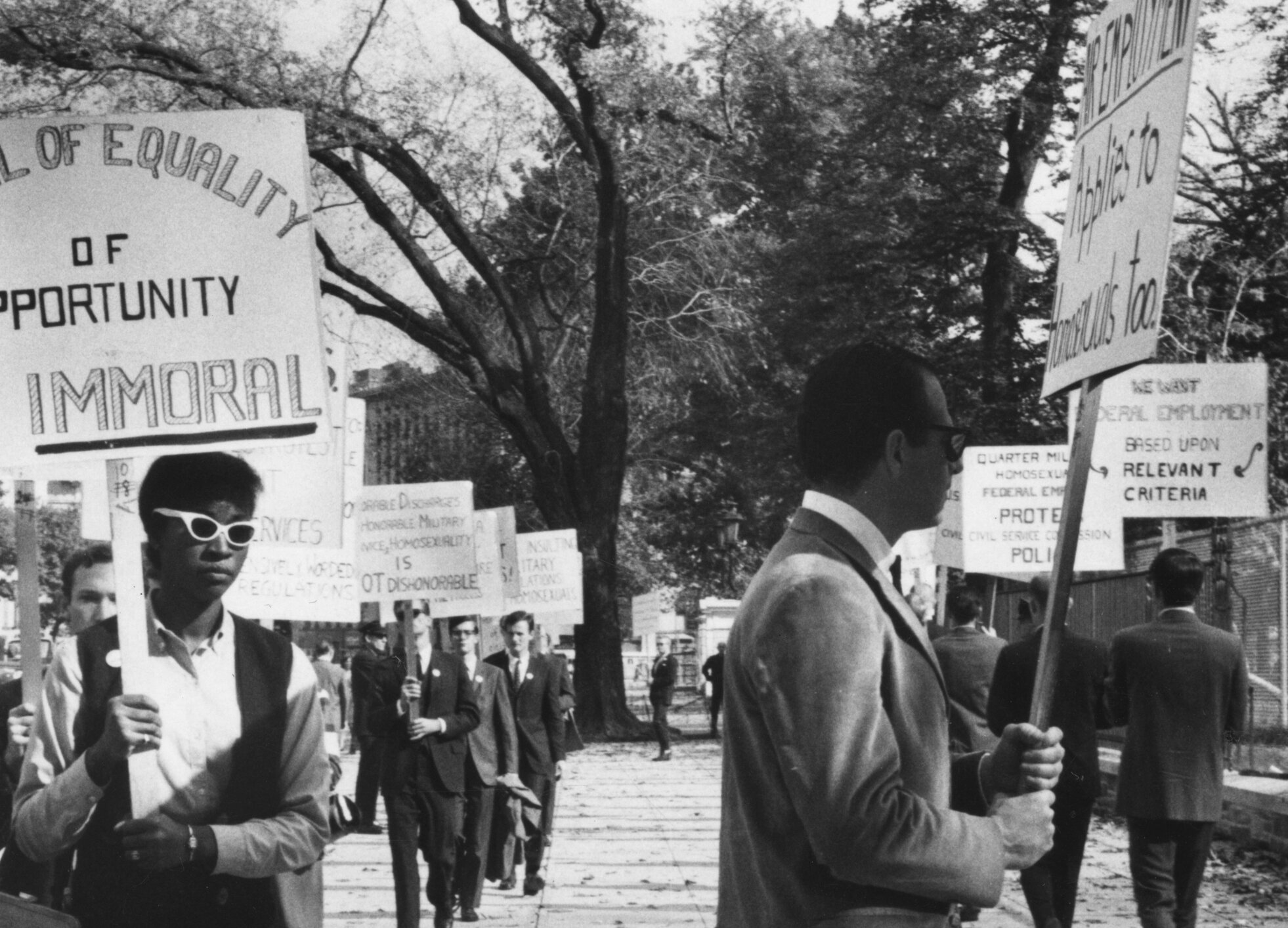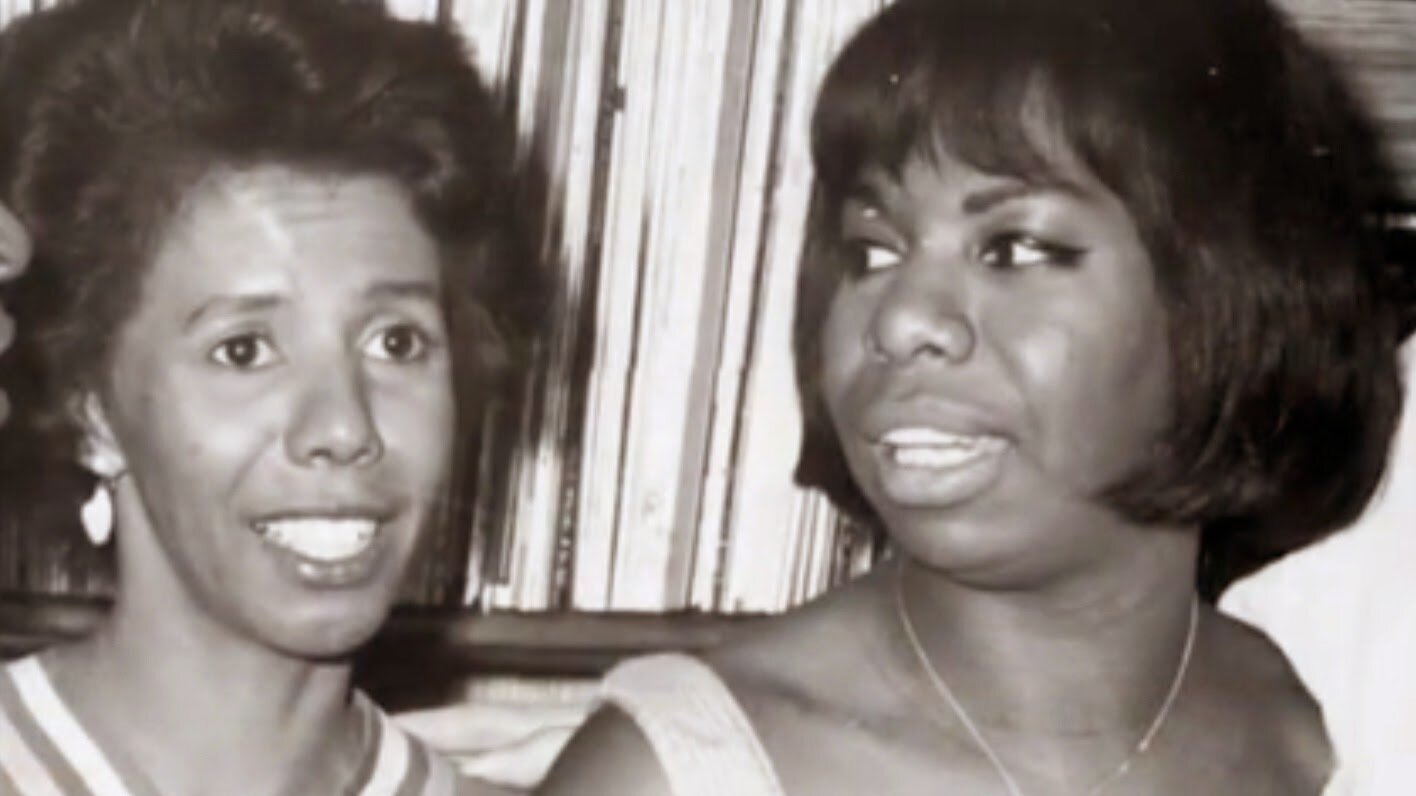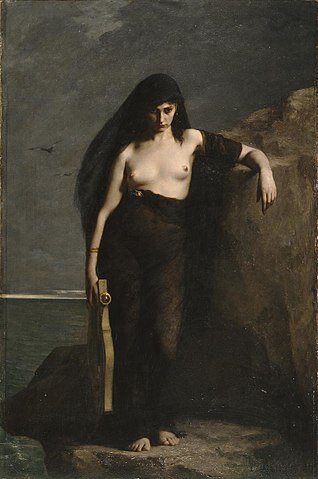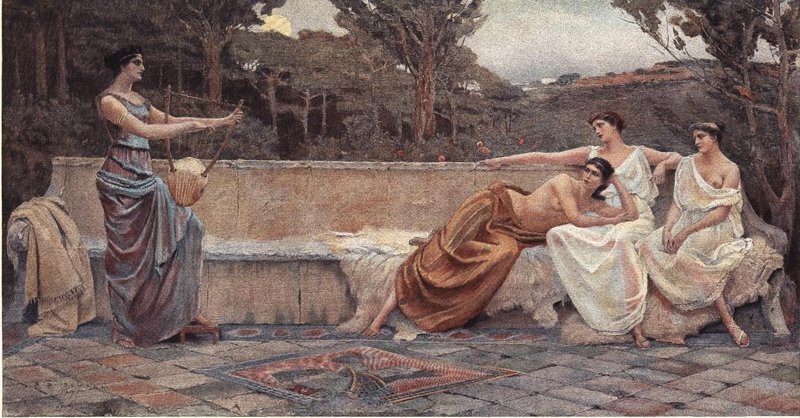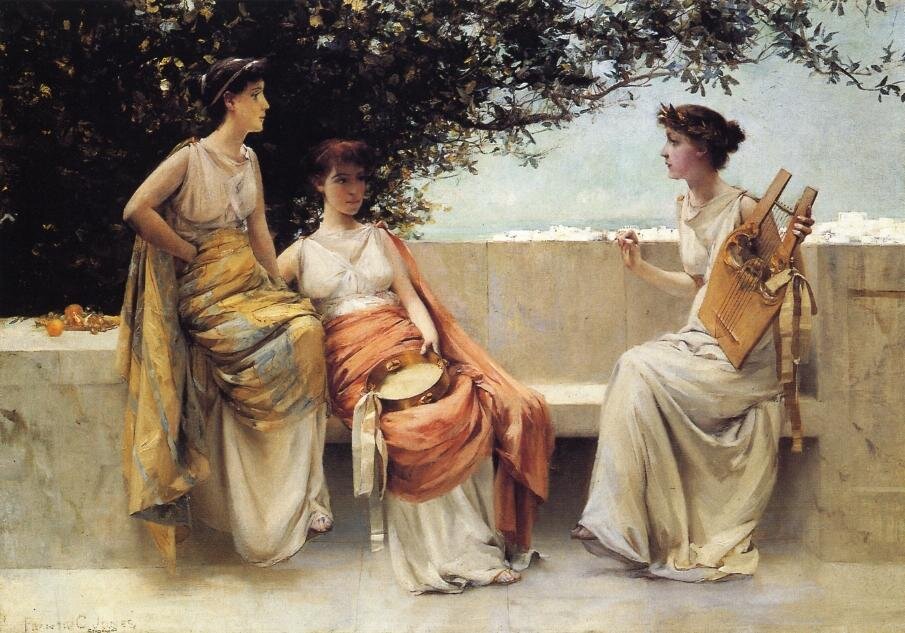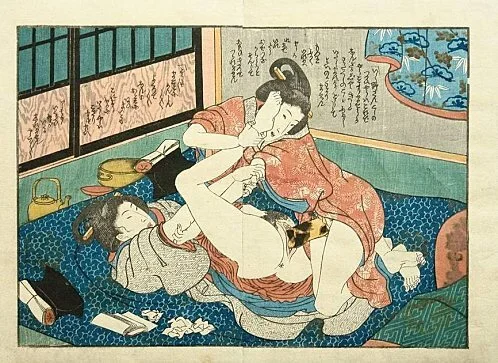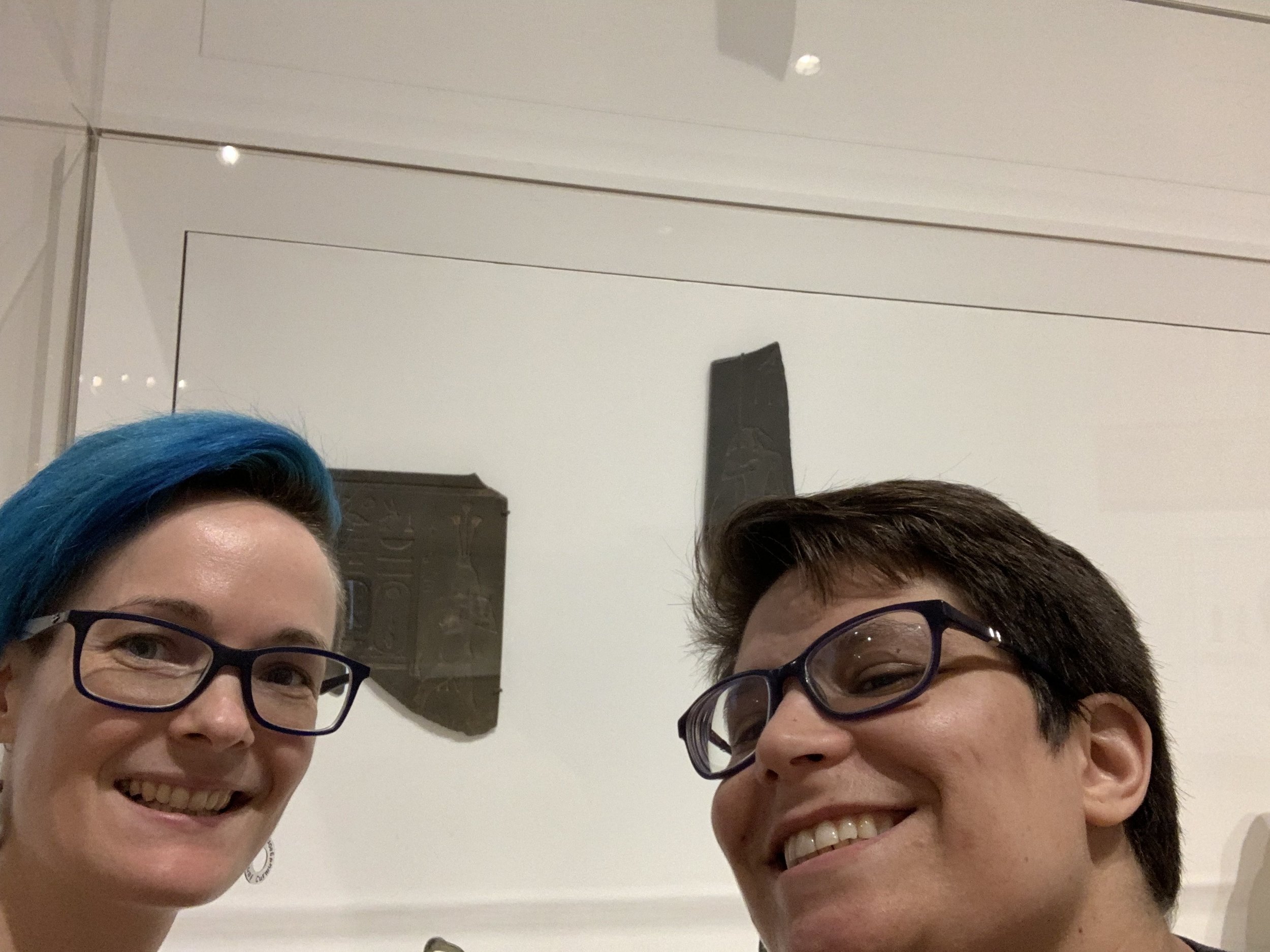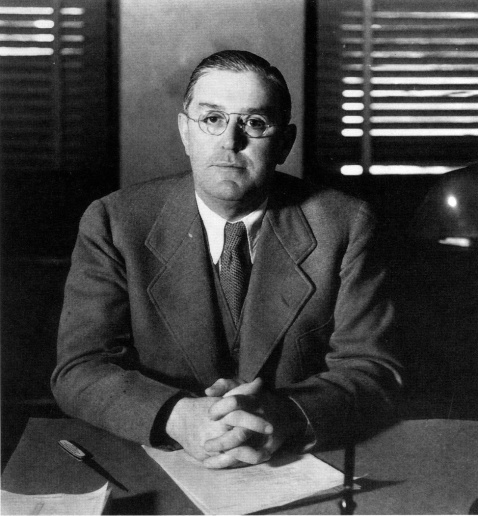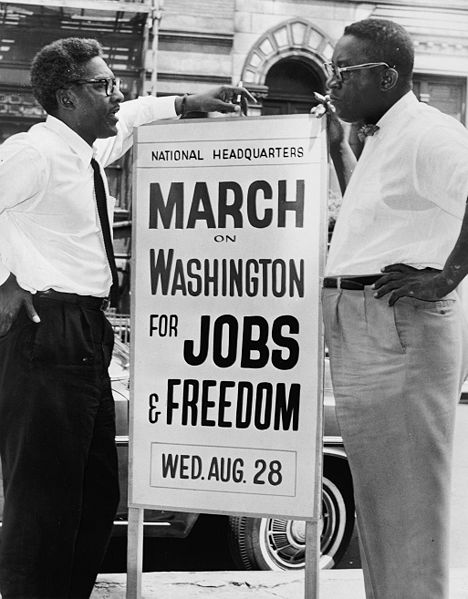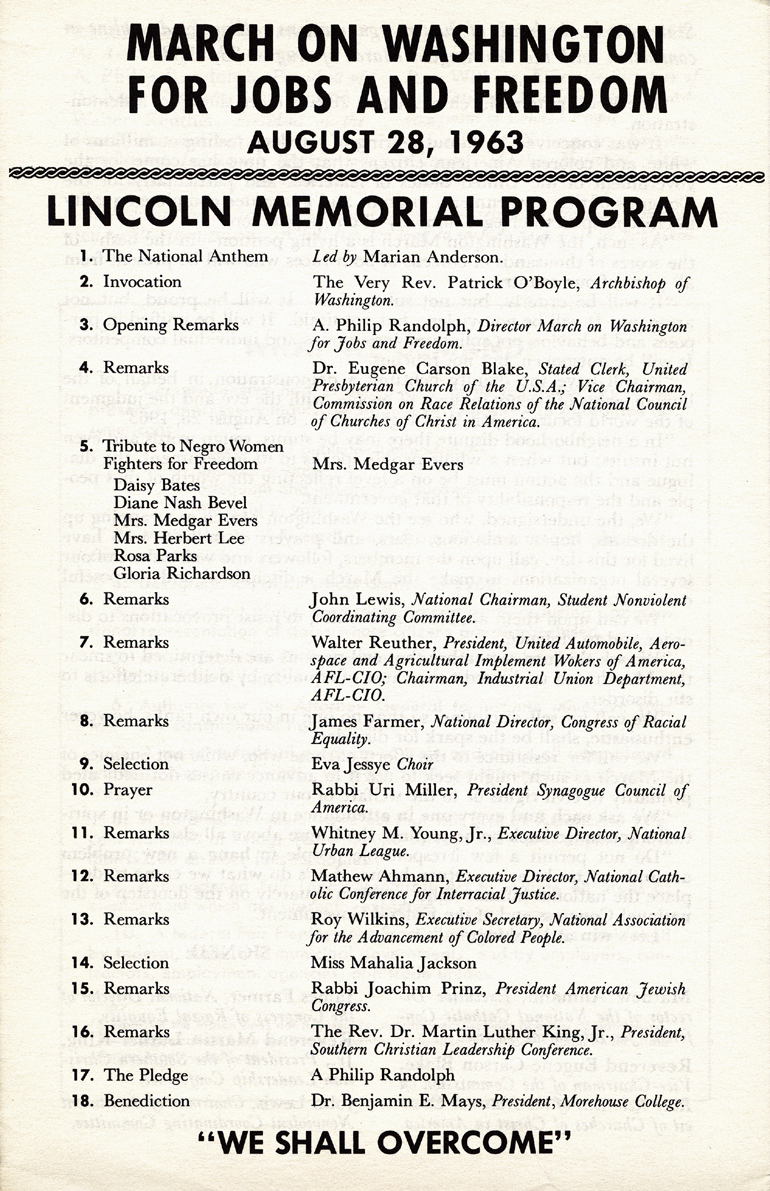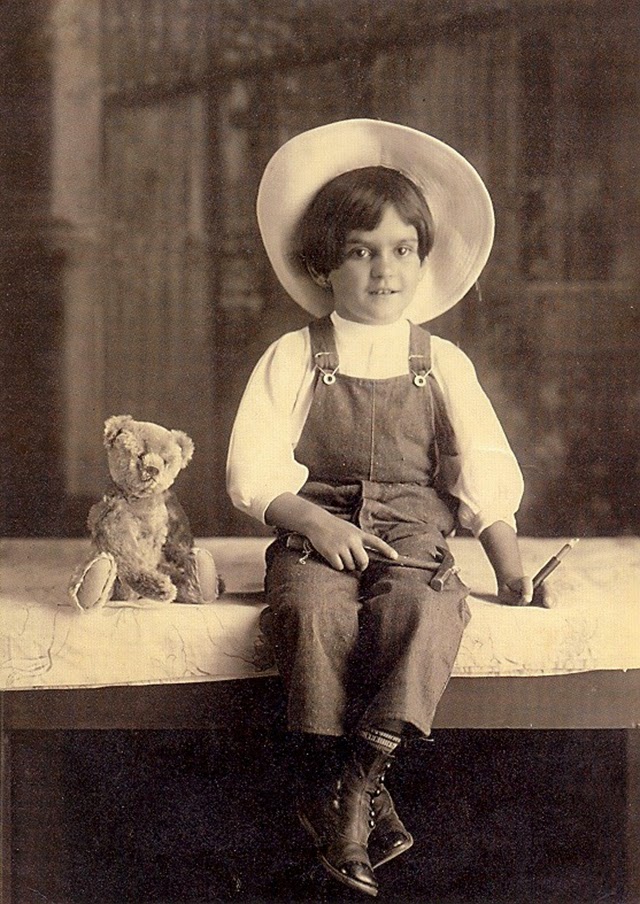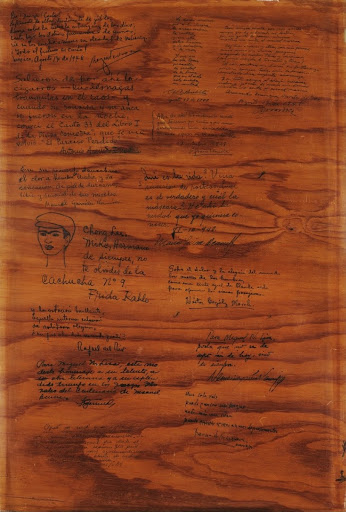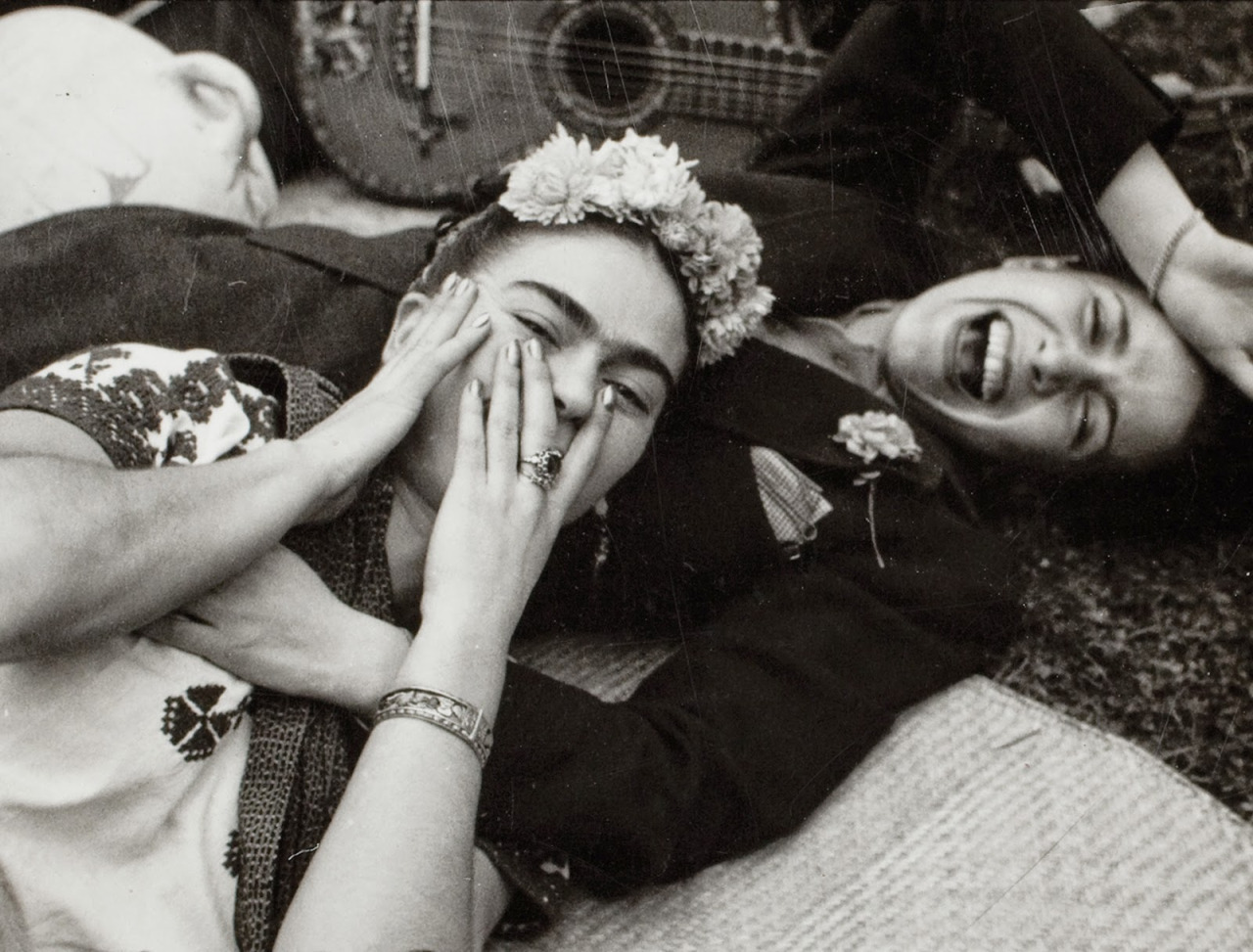36 & 37. The Life of Pauli Murray
/For this two-part episode, Leigh is joined by return guest host, Aubree Calvin to do a deep dive into the story of Pauli Murray, an important African American lawyer, and activist who is finally getting the historical attention they deserve. In their time, Murray was a labor rights, civil rights, and women’s rights activist, and broke significant barriers all while facing sexism and racism. In addition to having a brilliant legal mind, they were a writer, poet, and priest, and had time to be friends with Eleanor Roosevelt. Pauli Murray should be in every U.S. History book in every K-12 school.
So, if Pauli Murray was so important to so many movements, why has history largely forgotten them? Leigh and Aubree try to answer that across two episodes — the first, looking at their upbringing, many careers, and accomplishments, then in part two, discussing their multfaceted queerness and try to get a handle, as best we can, on their gender identity.
Aubree Writes on Facebook
@BreeinTX on Twitter
Aubree, or Bree to her friends and enemies alike, is a black, queer trans woman on the edge of turning 40. A southerner for most of her life, Aubree has family roots across the south. She loves studying politics, history, and learning about all aspects of queer culture. Aubree started her podcast, Southern Queeries, because she’s tired of society ignoring the south's diverse communities. Professionally, Aubree is a community college government professor and part time writer. When not talking, teaching, or writing, Aubree’s spending her free time with her wonderful wife and daughter.
We also got the opportunity to speak with amazing activist, lawyer, and reproductive justice advocate Preston Mitchum, previously Policy Director at URGE (Unite for Reproductive and Gender Equity) and current Director of Advocacy and Government Affairs at The Trevor Project, on his own personal history coming to Pauli Murray’s story, how they influenced him as a Black queer man, and continues to inspire and influence current and future generations of queer civil rights attorneys all across the country.
Preston Mitchum is a Black and queer civil rights advocate, writer and public speaker who uses critical thinking and intersectionality in his writing and analyses. In his role as Policy Director at URGE: Unite for Reproductive & Gender Equity, he shaped state and federal strategies and policies that center the voices and leadership of young people in the South and Midwest. Prior to joining URGE, Preston served as senior legal and international policy analyst with Advocates for Youth. Preston is also an Adjunct Professor of Law at Georgetown University Law Center teaching LGBTQ Health Law and Policy, is the co-chair of the board of directors for the Collective Action for Safe Spaces and was also the first openly LGBTQ chair of the Washington Bar Association Young Lawyers Division.
Preston can be found online at:
@preston.mitchum on Instagram
@prestonmitchum on Twitter
A Closer Look at Pauli Murray
Pauli presenting their family biography, Proud Shoes, presents the first edition of their book to Lloyd K. Garrison, former president of the National Urban League.
Pauli in Ghana, where they taught law briefly in the 1960s.
Pauli after earning their JSD from Yale in 1965.
Pauli with Betty Friedan and others who would be influential in founding NOW
A Little Glimpse into Pauli’s Gender Journey
“Why do I prefer experimentation on the male side, instead of attempted adjustment as a normal woman?”
Pauli’s various “identities” they tried out and modeled in a 1930s photo album they titled “The Life and Times of an American Called Pauli Murray”:
Pauli in New Hampshire, Nov 1955. They sent this photo to Eleanor Roosevelt, describing it as “It’s my most natural self, I think”. Source: Franklin D. Roosevelt Presidential Library
Some of Pauli’s Loves
Pauli’s longtime partner Irene “Renee” Barlow
Pauli with their girlfriend Peggy Holmes, who they met at the New Deal Women’s Camp. LOOK HOW CUTE THIS IS!
Pauli with their dog, Doc, at Benedict College, SC in 1967.
Pauli with another of their dogs, Roy, in 1976
Pauli with their BFF for life, Eleanor Roosevelt, in 1962 on a trip to Val-Kill Cottage, Hyde Park.
Pauli, The Reverend and Poet
Pauli in their Virginia apartment, 1977, after becoming a reverend.
Pauli’s portrait at Yale Law, unveiled in November 2018.
Listen to Pauli read the entirety of Dark Testament:
Pauli reading from their epic poem, “Dark Testament”
“Rediscovering Pauli Murray”, a panel discussion from 2017 at the Radcliffe Institute at Harvard, featuring panelists Patricia Bell-Scott, Brittney Cooper, Rosalind Rosenberg, and Kenneth W. Mack.
If you liked hearing our episode on Pauli, you might also you might also enjoy these Pop-Culture Tie-Ins:
Amend: The Fight for America, Episode 4: “Control” on Netflix
If you want to learn more about Pauli Murray, the 14th Amendment, and more, check out our full list of sources and further reading below!
Online Articles & Resources:
Meet the Forgotten Woman Who Forever Changed The Lives of LGBTQ+ Workers
QSpirit: Pauli Murray - Queer saint who stood for racial and gender equality
Books and Print Articles:
Proud Shoes: The Story of an American Family by Pauli Murray
Song in a Weary Throat: Memoir of an American Pilgrimage by Pauli Murray
Jane Crow: The Life of Pauli Murray by Rosalind Rosenberg
Dark Testament: and Other Poems by Pauli Murray
The Firebrand and the First Lady: Portrait of a Friendship by Patricia Bell-Scott
“Poetry, Ethics, and the Legacy of Pauli Murray” by Christiana Z. Peppard in Journal of the Society of Christian Ethics, Vol. 30, No. 1 (Spring/Summer 2010).
“Boy-girl, Imp, Priest: Pauli Murray and the Limits of Identity” by Doreen M. Drury in Journal of Feminist Studies in Religion, Vol. 29, No. 1 (Spring 2013).
Films/Audio:






































